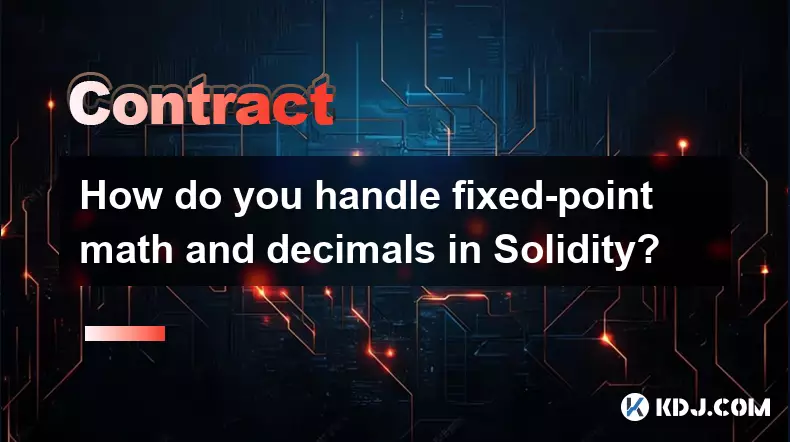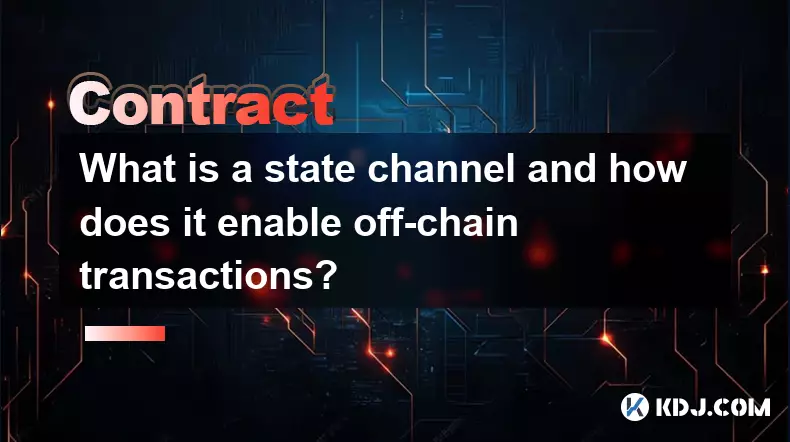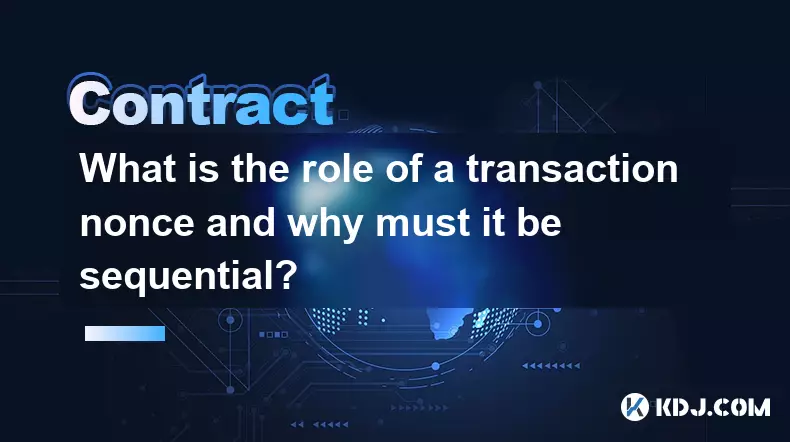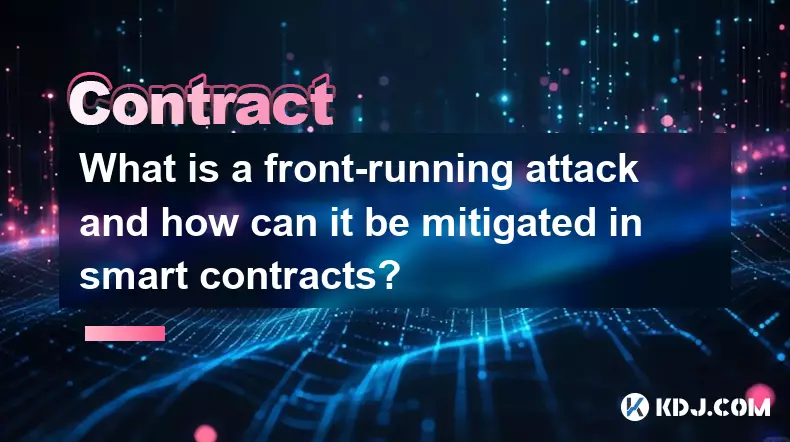-
 bitcoin
bitcoin $101752.865364 USD
-1.09% -
 ethereum
ethereum $3382.985899 USD
-1.38% -
 tether
tether $0.999658 USD
0.04% -
 xrp
xrp $2.272505 USD
-1.51% -
 bnb
bnb $989.089004 USD
0.14% -
 solana
solana $156.962612 USD
-3.08% -
 usd-coin
usd-coin $0.999776 USD
0.01% -
 tron
tron $0.290786 USD
-0.69% -
 dogecoin
dogecoin $0.174594 USD
-2.86% -
 cardano
cardano $0.560085 USD
-3.55% -
 hyperliquid
hyperliquid $40.023704 USD
-5.75% -
 chainlink
chainlink $15.324649 USD
-2.78% -
 bitcoin-cash
bitcoin-cash $493.576540 USD
-3.52% -
 zcash
zcash $571.320038 USD
-12.05% -
 stellar
stellar $0.280066 USD
-4.26%
How to use BitFlyer leverage
Understanding and effectively using leverage in cryptocurrency trading through BitFlyer's platform requires a comprehensive grasp of key aspects like risk management, order types, trading strategies, and leverage ratios.
Nov 10, 2024 at 01:40 am

Understanding and effectively using leverage in cryptocurrency trading is crucial for amplifying potential profits. BitFlyer, a reputable Japanese cryptocurrency exchange, offers leverage trading features that allow users to increase their market exposure while amplifying potential gains. This guide will provide a comprehensive overview of how to use BitFlyer leverage effectively, covering key aspects such as risk management, order types, and trading strategies.
Prerequisites:- Open a BitFlyer Account: Register on the BitFlyer platform and complete the necessary verification steps to activate your account.
- Fund Your Account: Deposit funds into your BitFlyer wallet to provide the necessary capital for your trades.
- Enable Leverage: Navigate to the "Settings" section in your BitFlyer account and enable the "Leverage Trading" feature.
- Understand Leverage Ratio: Leverage is expressed as a ratio, such as 10x or 20x. A leverage ratio of 10x implies that for every $1 of capital, you can trade with a notional value of $10. This amplifies both potential profits and losses.
- Select Leverage Level: BitFlyer offers various leverage levels, typically ranging from 2x to 10x. Choose a level that aligns with your risk tolerance and trading experience. Higher leverage increases risk but also magnifies potential rewards.
- Place an Order: Once leverage is enabled, place a trading order as usual. However, you will now specify the leverage level desired for the particular trade.
- Margin Call and Liquidation: If your trade position incurs significant losses, BitFlyer may issue a margin call, requiring you to deposit additional funds to maintain your leverage level. Failure to meet the margin call can result in forced liquidation of your position.
- Manage Risk: Leverage trading involves inherent risk. It's crucial to implement proper risk management strategies, such as setting stop-loss orders, maintaining adequate margin levels, and diversifying your portfolio.
Trading Strategies: Leverage can enhance trading strategies, such as:
a. Trend Trading: Identifying and trading in the prevailing market trend with increased exposure.
b. Scalping: Executing a high volume of small, short-term trades with magnified profits.
c. Range Trading: Capitalizing on price movements within defined support and resistance levels.
- BitFlyer Leverage Fees: BitFlyer charges leverage fees for the extended exposure it provides. These fees vary depending on the leverage level used. Understanding these fees is essential for accurate profit calculations.
- Ethical Trading: Leverage trading should be approached responsibly and ethically. Do not over-leverage or trade beyond your financial means. Remember that leverage can lead to both substantial gains and losses.
Disclaimer:info@kdj.com
The information provided is not trading advice. kdj.com does not assume any responsibility for any investments made based on the information provided in this article. Cryptocurrencies are highly volatile and it is highly recommended that you invest with caution after thorough research!
If you believe that the content used on this website infringes your copyright, please contact us immediately (info@kdj.com) and we will delete it promptly.
- Ripple (XRP) in 2026: Hold or Fold? A Look at XRP's Future and Emerging DeFi Alternatives
- 2025-11-08 18:35:01
- Zcash ZEC Coin Price Explosion: From Privacy Niche to Center Stage
- 2025-11-08 18:55:01
- Berachain Price Prediction: Navigating the Honeycomb Hype in Crypto
- 2025-11-08 18:55:01
- Arthur Hayes, Gold, and Bitcoin: A Modern Monetary Trinity?
- 2025-11-08 19:15:01
- Shiba Inu's Next Move: Navigating a Shifting Market
- 2025-11-08 19:20:01
- Pakistan's Crypto Crossroads: Balancing Opportunity with Asset-Backed Realities
- 2025-11-08 19:20:01
Related knowledge

What is a state machine and how can a contract be designed as one?
Nov 08,2025 at 02:19pm
Understanding State Machines in Blockchain Context1. A state machine is a computational model used to design systems that transition between defined s...

How do you upgrade a smart contract using the UUPS proxy pattern?
Nov 09,2025 at 01:19am
Understanding the UUPS Proxy Pattern in Smart Contract DevelopmentThe UUPS (Universal Upgradeable Proxy Standard) pattern has become a cornerstone in ...

How do you handle fixed-point math and decimals in Solidity?
Nov 08,2025 at 11:40pm
Understanding Fixed-Point Arithmetic in Solidity1. Solidity does not natively support floating-point numbers, which means developers must rely on fixe...

What is a state channel and how does it enable off-chain transactions?
Nov 09,2025 at 10:20am
Understanding State Channels in Blockchain Technology1. A state channel is a two-way communication pathway established between participants on a block...

What is the role of a transaction nonce and why must it be sequential?
Nov 09,2025 at 01:00am
Understanding the Transaction Nonce in Blockchain Systems1. A transaction nonce is a number used once, associated with a user's account in blockchain ...

What is a front-running attack and how can it be mitigated in smart contracts?
Nov 08,2025 at 11:20am
Understanding Front-Running in Blockchain Transactions1. In the context of blockchain and decentralized applications, a front-running attack occurs wh...

What is a state machine and how can a contract be designed as one?
Nov 08,2025 at 02:19pm
Understanding State Machines in Blockchain Context1. A state machine is a computational model used to design systems that transition between defined s...

How do you upgrade a smart contract using the UUPS proxy pattern?
Nov 09,2025 at 01:19am
Understanding the UUPS Proxy Pattern in Smart Contract DevelopmentThe UUPS (Universal Upgradeable Proxy Standard) pattern has become a cornerstone in ...

How do you handle fixed-point math and decimals in Solidity?
Nov 08,2025 at 11:40pm
Understanding Fixed-Point Arithmetic in Solidity1. Solidity does not natively support floating-point numbers, which means developers must rely on fixe...

What is a state channel and how does it enable off-chain transactions?
Nov 09,2025 at 10:20am
Understanding State Channels in Blockchain Technology1. A state channel is a two-way communication pathway established between participants on a block...

What is the role of a transaction nonce and why must it be sequential?
Nov 09,2025 at 01:00am
Understanding the Transaction Nonce in Blockchain Systems1. A transaction nonce is a number used once, associated with a user's account in blockchain ...

What is a front-running attack and how can it be mitigated in smart contracts?
Nov 08,2025 at 11:20am
Understanding Front-Running in Blockchain Transactions1. In the context of blockchain and decentralized applications, a front-running attack occurs wh...
See all articles





















![The Graph Price Prediction [GRT Crypto Price News Today] The Graph Price Prediction [GRT Crypto Price News Today]](/uploads/2025/11/07/cryptocurrencies-news/videos/690d4df44fe69_image_500_375.webp)



















































